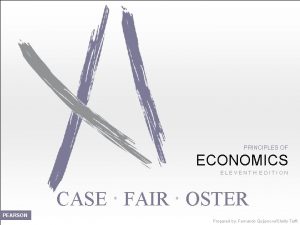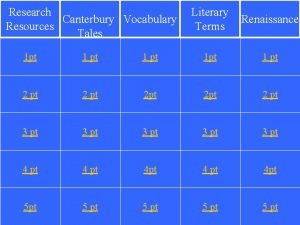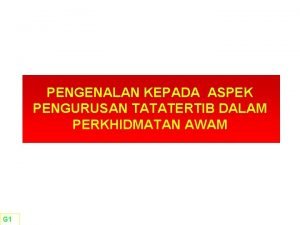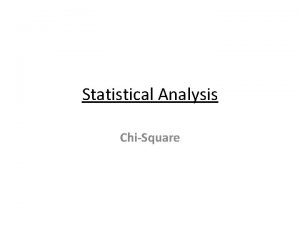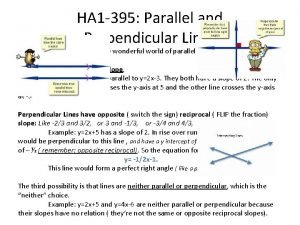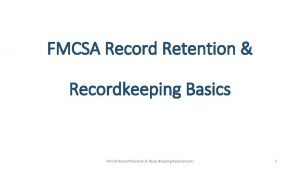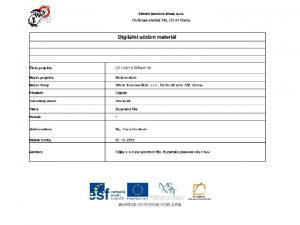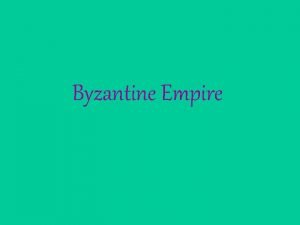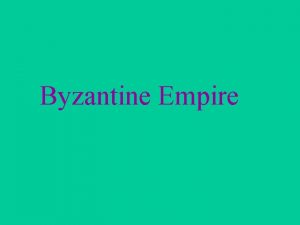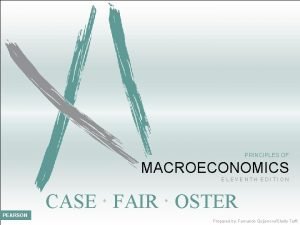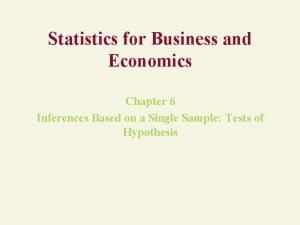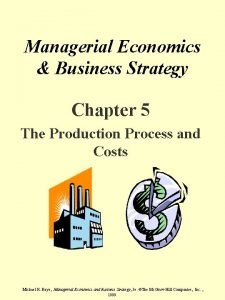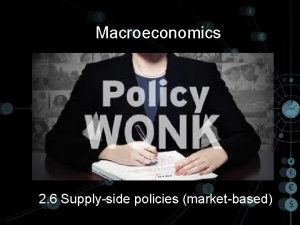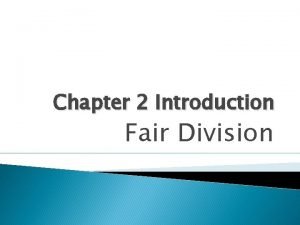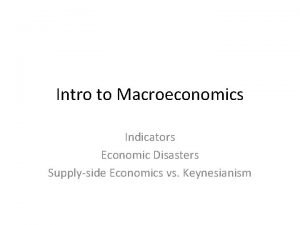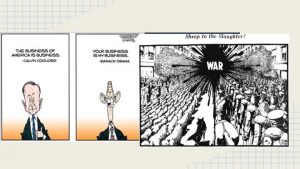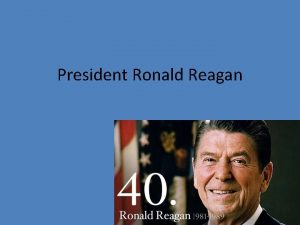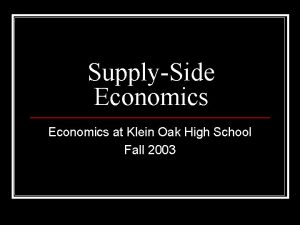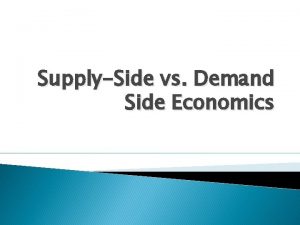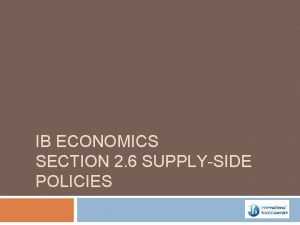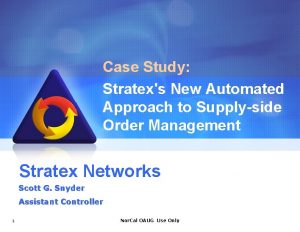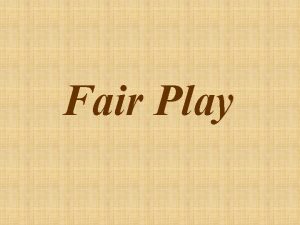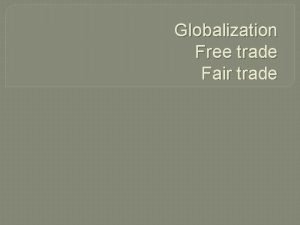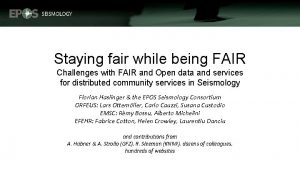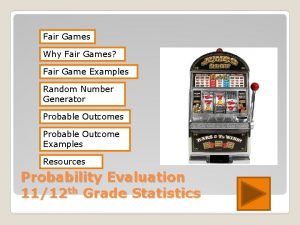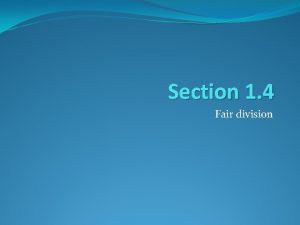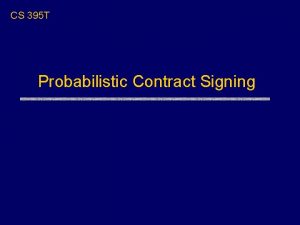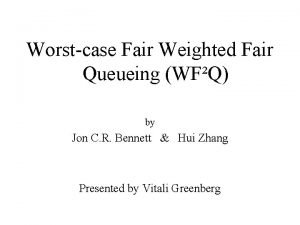SupplySide Economics Case Fair chapter 18 pp 395







































- Slides: 39

Supply-Side Economics Case & Fair, chapter 18, pp. 395 -398 “plus”

History • “Supply-side economics” begins to appear in the late 1970 s but comes fully into public attention during the first Reagan administration. • Several advisors of Reagan call themselves advocates of “supply-side economics” and it soon is also called “Reaganomics”. • “Supply-side” is juxtaposed to “Keynesian” economics.

What is “Supply-side Economics”? • Supply-side versus demand-side? • The name suggests a preoccupation with “supply” or production • The implied demand-side would seem to suggest a preoccupation with demand. • Implication: Keynesian economics was a “demand-side” economics

Keynesianism & Demand • What might be viewed as making Keynesian economics a demand-side economics? – Centrality of analysis of aggregate demand – Centrality of the consumption function in aggregate demand – Notion that the wage is not just cost but “demand” – Idea of wrapping capitalist development around rising wages, or rising demand. – Fiscal &Monetary policy aimed at affecting aggregate “demand”

Keynesianism & Supply • But what of supply in Keynesian economics? Is it neglected or ignored? – No, the central issue is the level of overall output, I. e. , national production, GNP – No, in both the Keynesian cross model and the ISLM model we have seen “Y” and increases in “Y” are generally the object of policy and appear on the horizontal axis. – No, the productivity deals of the Keynesian era were signed in production, between workers and capital

So…. • Keynesian economics was always concerned with both demand supply! • Therefore the classification of Keynesian economics as demand-side is questionable.

Supply-side? • Yet, the “supply-siders” policy recommendations are focused on stimulating “supply” • At level of individuals: – Tax cuts to increase the incentive to work – Anti-welfare cuts in expenditure to increase work • At the level of the firm: – Deregulation to cut costs, raise profits and encourage investment

Tax cuts - I • Supply-siders argue that high tax rates undermine people’s incentive to work • Therefore, lowering tax rates will increase the incentive to work • Which will result in more work, higher output and thus a larger economy • From which a lower tax rate would draw more revenues. • E. g. , Laffer Curve

Tax cuts - II • Laffer Curve Tax rate Tax Revenues (dollars)

Tax cuts - III • Problems with Laffer’s argument – First, those with high income got it by working hard, not slacking, so reduction in tax rates not likely to produce more work. – Second, those with very little income either don’t pay taxes or pay so little that little incentive can be expected – Third, many mature income earners might work less, rather than more…. .

Labor Supply • While labor supply is often portrayed for simplicity’s sake in terms of an upward sloping curve, (increases in wages bring forth more work) • In fact, studies have shown that a great many mature income earners are on the backward sloping part of a backward bending supply curve ….

Backward-bending labor supply curve • E. g. : Wage rate Labor supplied

Lowering taxes…. . • Now, for workers in this situation, lower tax rates mean higher wages • Higher wages will means Less rather than More work!

Effects of Lower Taxes: raises wages, reduces work • E. g. : Wage rate Labor supplied

Therefore: • The argument about the positive effects of lower taxes on individual effort seem only applicable to certain workers but not to lots of others. • As a result the argument really turns on the effects of any reductions in the taxes on firms, which would lower costs, and according to micro theory increase supply, and in macro theory shift the MEC curve up:

Taxes & MEC • Any reduction of corporate taxes that reduce cost will also raise expected profits. Interest rate Investment

But…. • An upward shift in the MEC curve, for a given interest rate will raise investment – Raising supply/production/income – Raise aggregate “demand” ! • Is this a “supply-side” effect or a “demand-side” effect?

Market vs Government • A second, very common, description of supply-side economics saw it as a neoliberal favoring of the market against the Keynesian preoccupation with government intervention. • Unfortunately, while neolib’s embraced supply-side economics so did some “liberal” Keynesians

Liberal Supply-siders • E. g. , Lester Thurow of MIT • Thurow embraced supply-side economics in his book The Zero-Sum Society. • Argued government intervention to stimulate investment and output, R&D, technological change and higher productivity. • Accentuation of a very Keynesian theme.

Supply-side & Growth • The emphasis of supply-side economics on “supply”, “output” etc. resembles the traditional preoccupations of growth theory that we studied earlier. • Production functions: Q = f(K, L) • Growth models, e. g. , S = TP, S = I MP/ TP = , TP/TP = / • Growth function of savings, technology

Crisis of Keynesian Era • Given the centrality of conflicts in “production” to the crisis of Keynesianism • It is not surprising “supply-side” should focus on production • Crisis of “productivity deal” – Wage acceleration – Productivity growth slowdown and fall • Crisis of subordination of production to consumption, wage increases, profit declines.

From Consumption to Investment • Supply-side objective: – Reverse rise in wages at expense of profits – Shift resources from wages to profits – Shift resources from consumption to investment • Imposition of poverty as goad to work • Liberation of business profits and investment from public imposed constraints

Attack on Consumption • Attack on wages – Union busting, beginning with PATCO – Chapter 11 bankruptcy to bust unions – High unemployment to increase threat of job loss • Attack on non-wage income – Gut welfare, food stamps, legal aid – Reduce social security • Attack on work conditions – Deregulation of safety, environmental laws

Program for Investment • Cut costs to raise profits: – Cut wages – Deregulation of safety, environmental constraints – Cut business taxes – Looser legal framework, less anti-trust • Channel more savings to business – Cut social security, or, government surplus

Reagan Program • Four planks: – 1. Cut taxes – 2. Deregulate – 3. Reduce size of government – 4. Tight money (to fight inflation) • Budget proposal: – Cut taxes – Cut expenditures even more

Tax Cuts • Kemp-Roth tax cut plan – 10%, across the board, cut of income taxes – Cut marginal rates for higher incomes from 70 to 50% – Cut marginal rates for lower incomes from 14 to 10% • Faster corporate depreciation write-offs

Expenditure Changes • Expenditure Cuts – Food stamps, child nutrition, trade adjustment assistance, education, retraining aid, public service jobs for unemployed, regulation enforcement • Expenditure Increases – Big build-up in defense expenditures – Star-wars, anti-ICBM laser defense network

Macro effects - I • Fiscal Policy – Expenditure Cuts would reduce aggregate demand Y – Expenditure Increases would raise aggregate demand Y – Tax cuts would raise aggregate demand – Reduction in transfer payments would cut aggregate demand

Macro effects - II • Monetary Policy – Tight money (Carter appointee Volcker continues imposition of tight money) – Direct attack on consumption – But also attack on investment – Higher rates in US mean higher rates abroad – Overall impact: contractionary

Net Effects? • Intentions: – Offset negative effects with positive effects – Offset negative impact on consumption with positive impact on investment – Upward shift in C + I + G ( C? , G < I) Y – Rightward shift in IS curve > leftward shift in LM curve Y – Rightward shift in Aggregate Demand function Y , reduction in costs AS Y

Keynesian Cross • Upward shift in C + I + G ( C? , G < I) Y Y

IS - LM • Rightward shift in IS curve > leftward shift in LM’ LM curve Y LM IS’ IS Y

AS & AD • Rightward shift in Aggregate Demand function Y , reduction in costs AS Y Price Level AD’ AS AG’ AD Y

What Really Happened? • The Contractionary effects of tight money dramatically offset stimulatory fiscal policy, producing a depression

Keynesian Cross • Upward shift in C + I + G ( G < I, C) Y Y

IS - LM • Rightward shift in IS curve < leftward shift in LM curve Y LM’ LM IS’ IS Y

AS & AD • Leftward shift in Aggregate Demand function Y > reduction in costs ( AS Y) AD’ Price Level AS AS’ AD Y

Reversal of Course • Given the depression triggered and its global dimensions as high interest rates undercut consumption and investment everywhere and created int’l debt crisis…. • Volcker reversed course, allowed money supply to expand (somewhat) lowering interest rates and stimulating consumption and investment. • This generated recovery 1982 -89.

--End--
 Principles of economics case fair oster
Principles of economics case fair oster 14 lines
14 lines Foul is fair and fair is foul literary device
Foul is fair and fair is foul literary device Literary terms in macbeth
Literary terms in macbeth Who says fair is foul and foul is fair
Who says fair is foul and foul is fair What is syntax rhetorical device
What is syntax rhetorical device Significa fair play
Significa fair play Examples of fair is foul and foul is fair in macbeth
Examples of fair is foul and foul is fair in macbeth Best case worst case average case
Best case worst case average case Peraturan 3c, p.u(a) 395/1993
Peraturan 3c, p.u(a) 395/1993 Peraturan 3c, p.u(a) 395/1993
Peraturan 3c, p.u(a) 395/1993 Byzantine empire 395
Byzantine empire 395 Art 395 cc
Art 395 cc Paleozoic era pangea
Paleozoic era pangea Kj395
Kj395 395-1453
395-1453 A random sample of 395 people were surveyed
A random sample of 395 people were surveyed Kada je podeljeno rimsko carstvo
Kada je podeljeno rimsko carstvo Fish 395 m.y.a
Fish 395 m.y.a Perpendicular lines
Perpendicular lines Ci-395
Ci-395 Me 395
Me 395 Fmcsa 396
Fmcsa 396 395-1453
395-1453 1453-395
1453-395 1453 - 395
1453 - 395 Logoped tg jiu
Logoped tg jiu Maastricht university school of business and economics
Maastricht university school of business and economics Mathematical vs non mathematical economics
Mathematical vs non mathematical economics Principles of macroeconomics case fair oster
Principles of macroeconomics case fair oster Difference between short case and long case
Difference between short case and long case Average case binary search
Average case binary search Case western reserve university case school of engineering
Case western reserve university case school of engineering Bubble sort algorithm pseudocode
Bubble sort algorithm pseudocode Crm failure case study
Crm failure case study Bubble sort best case and worst case
Bubble sort best case and worst case Bubble sort best case and worst case
Bubble sort best case and worst case Ambiguous case triangles
Ambiguous case triangles Statistics for business and economics chapter 6 solutions
Statistics for business and economics chapter 6 solutions Managerial economics chapter 5
Managerial economics chapter 5
